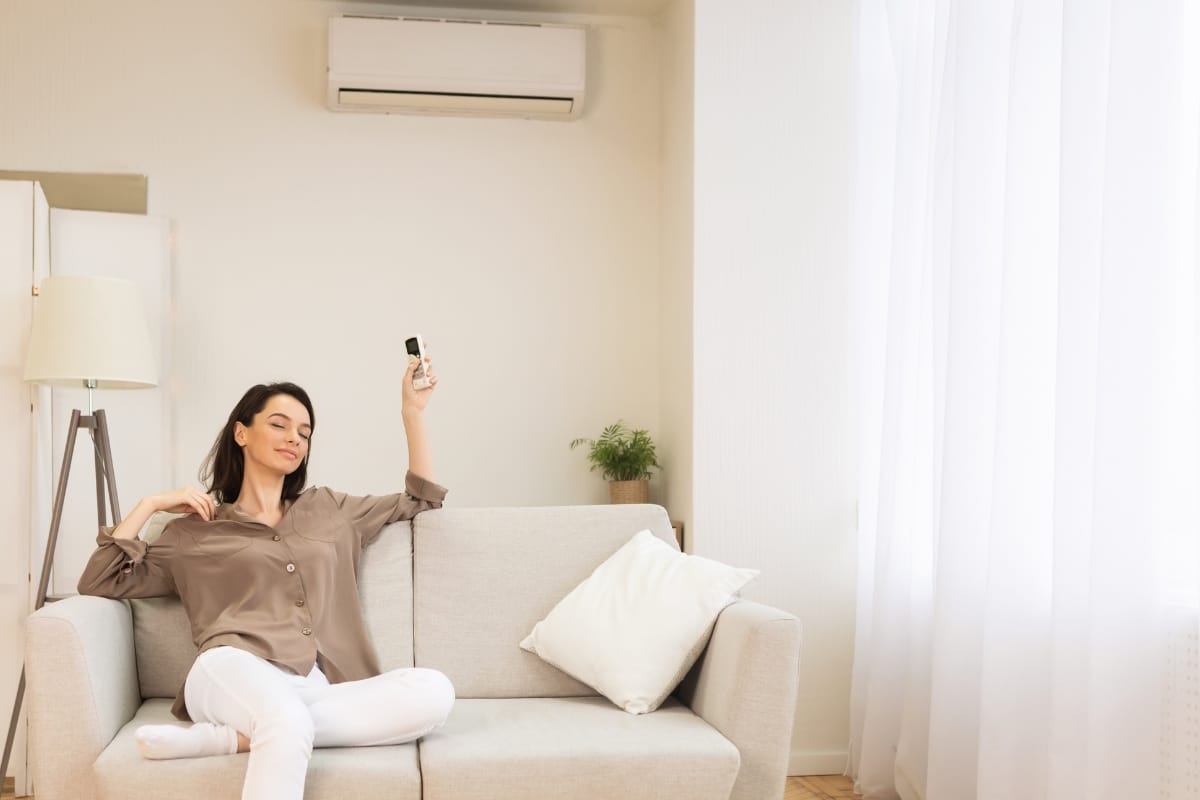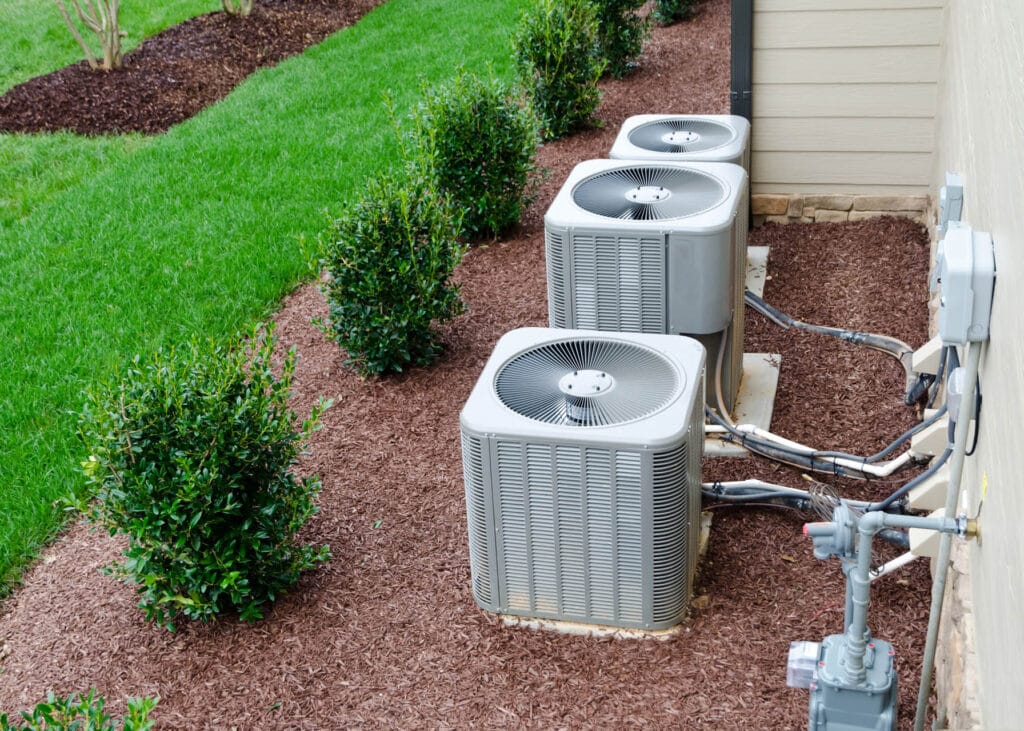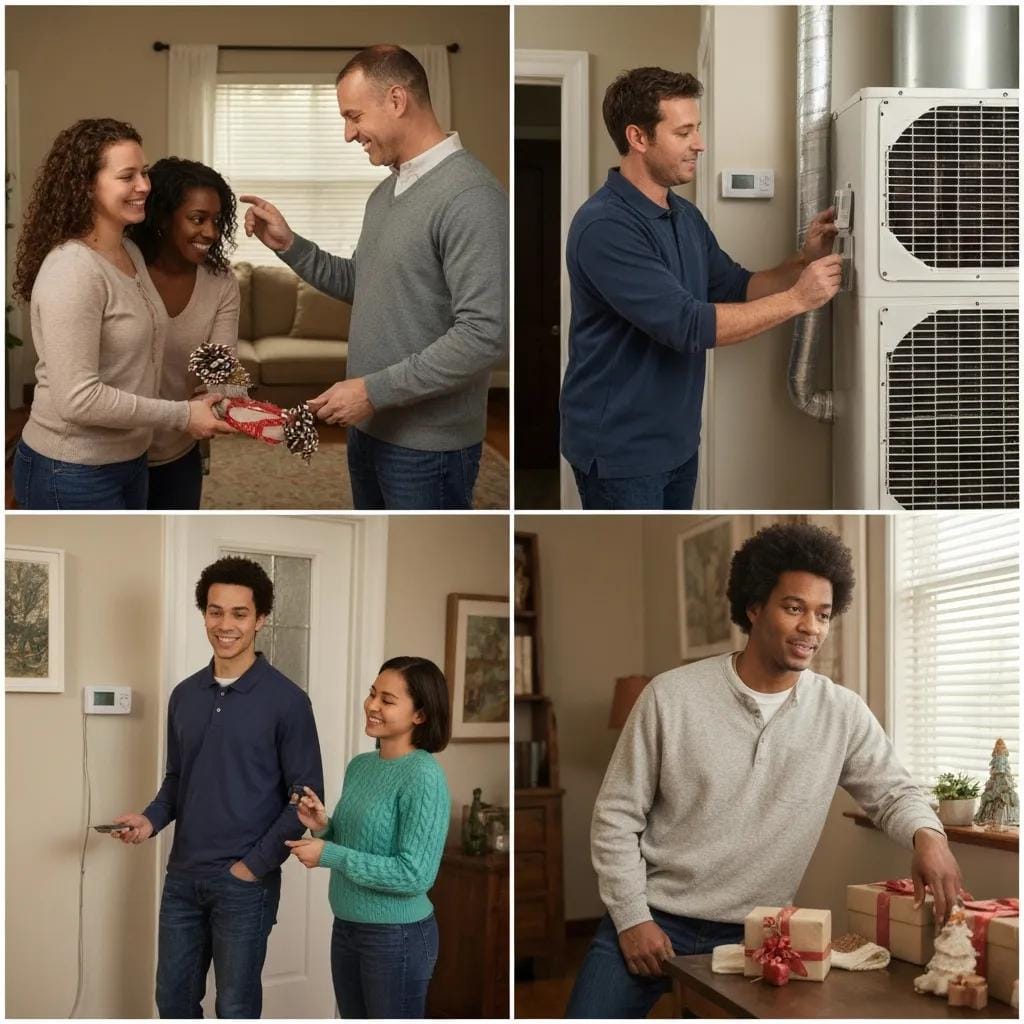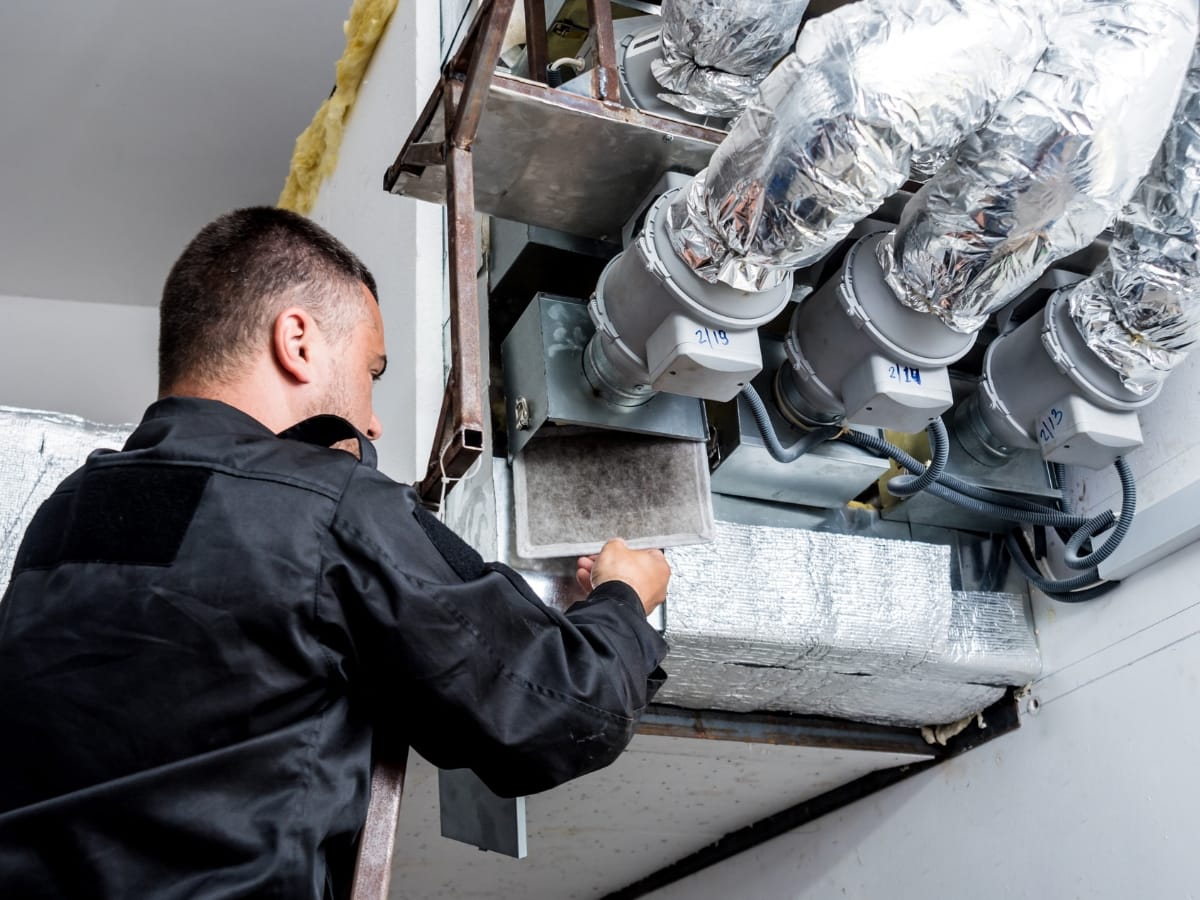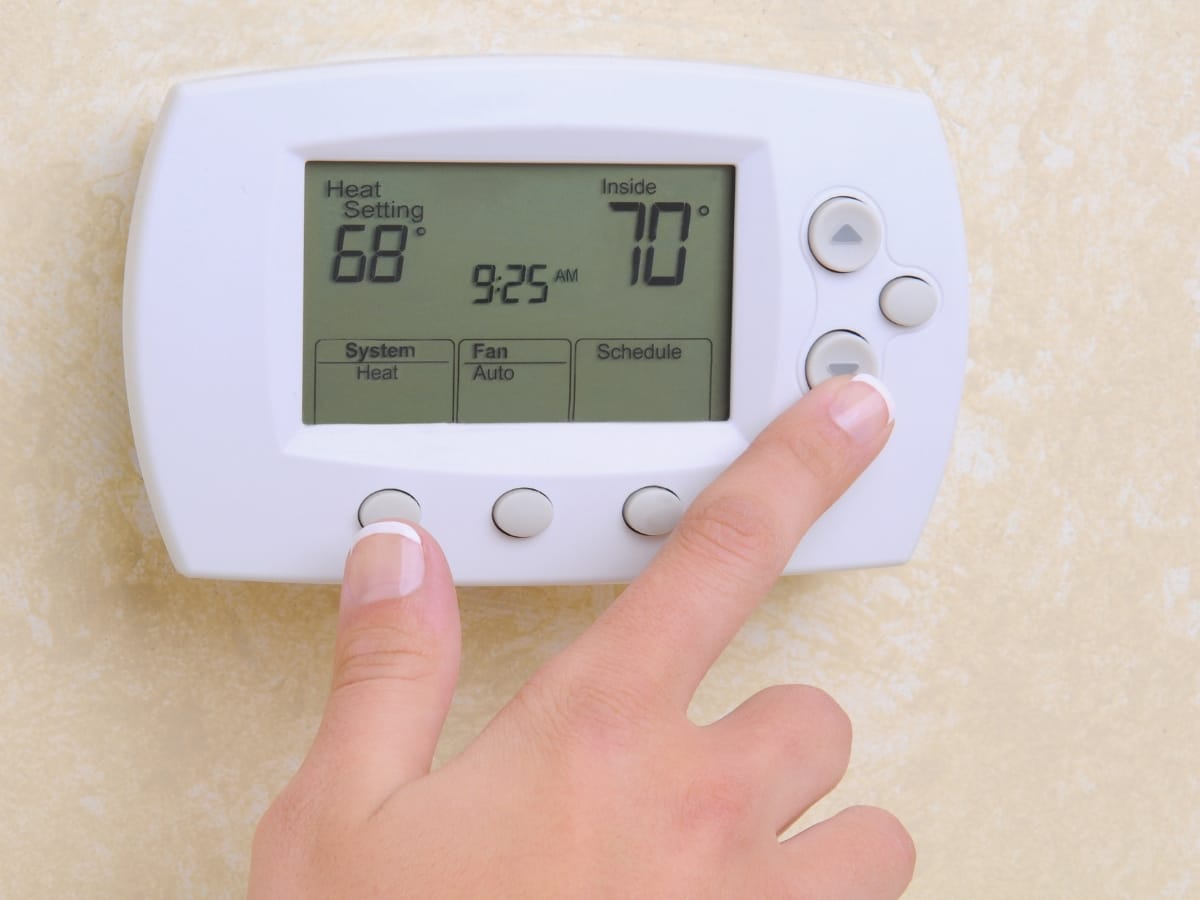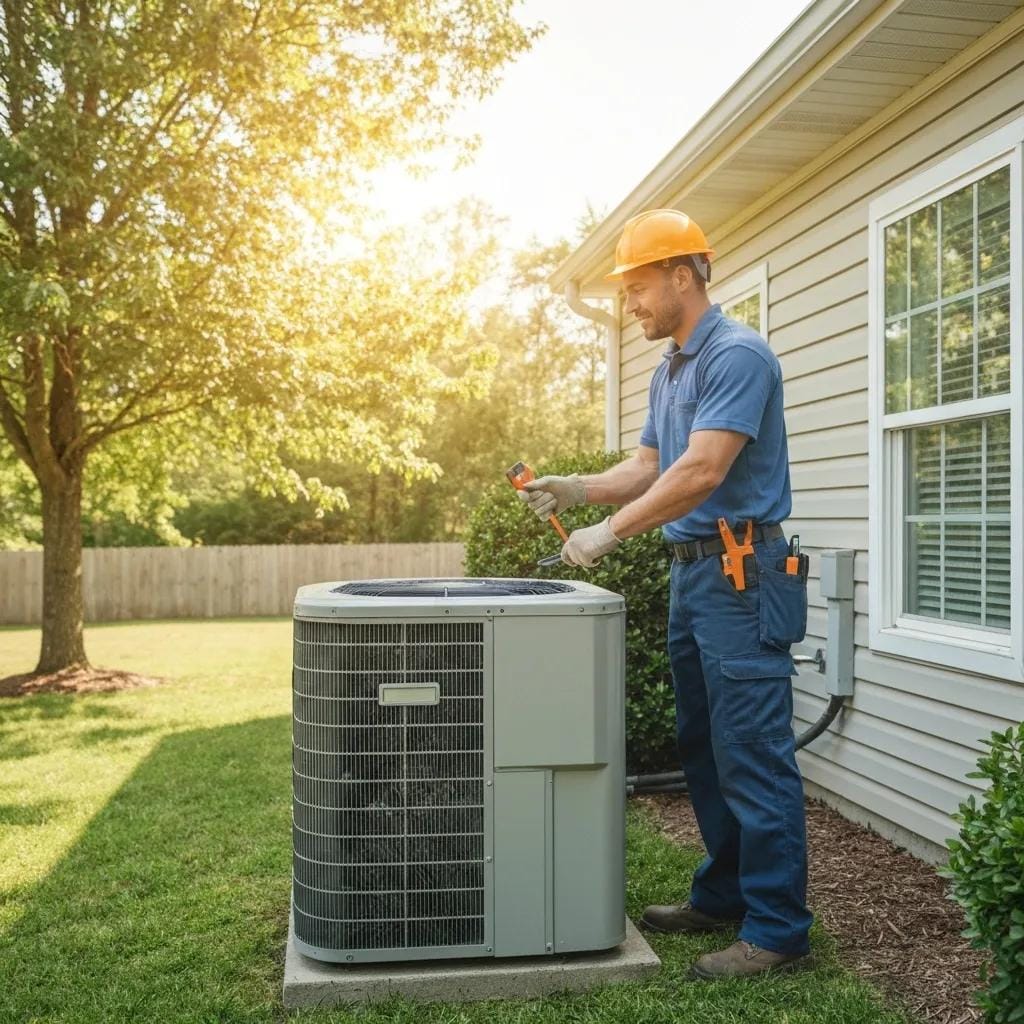As temperatures climb in the summer months, so can your energy bills—especially if your air conditioning system is working overtime. But keeping cool doesn’t have to come at a high cost. With the right HVAC strategies, you can significantly reduce AC costs while maintaining a comfortable indoor environment. From simple maintenance routines to smart thermostat use and energy-efficient upgrades, this guide will walk you through practical, effective tips to help you save money and keep your home cool all summer long.
Cool Home, Low Bill: HVAC Secrets to Reduce AC Costs
What Are the Most Important AC Maintenance Tips to Lower Summer Cooling Costs?
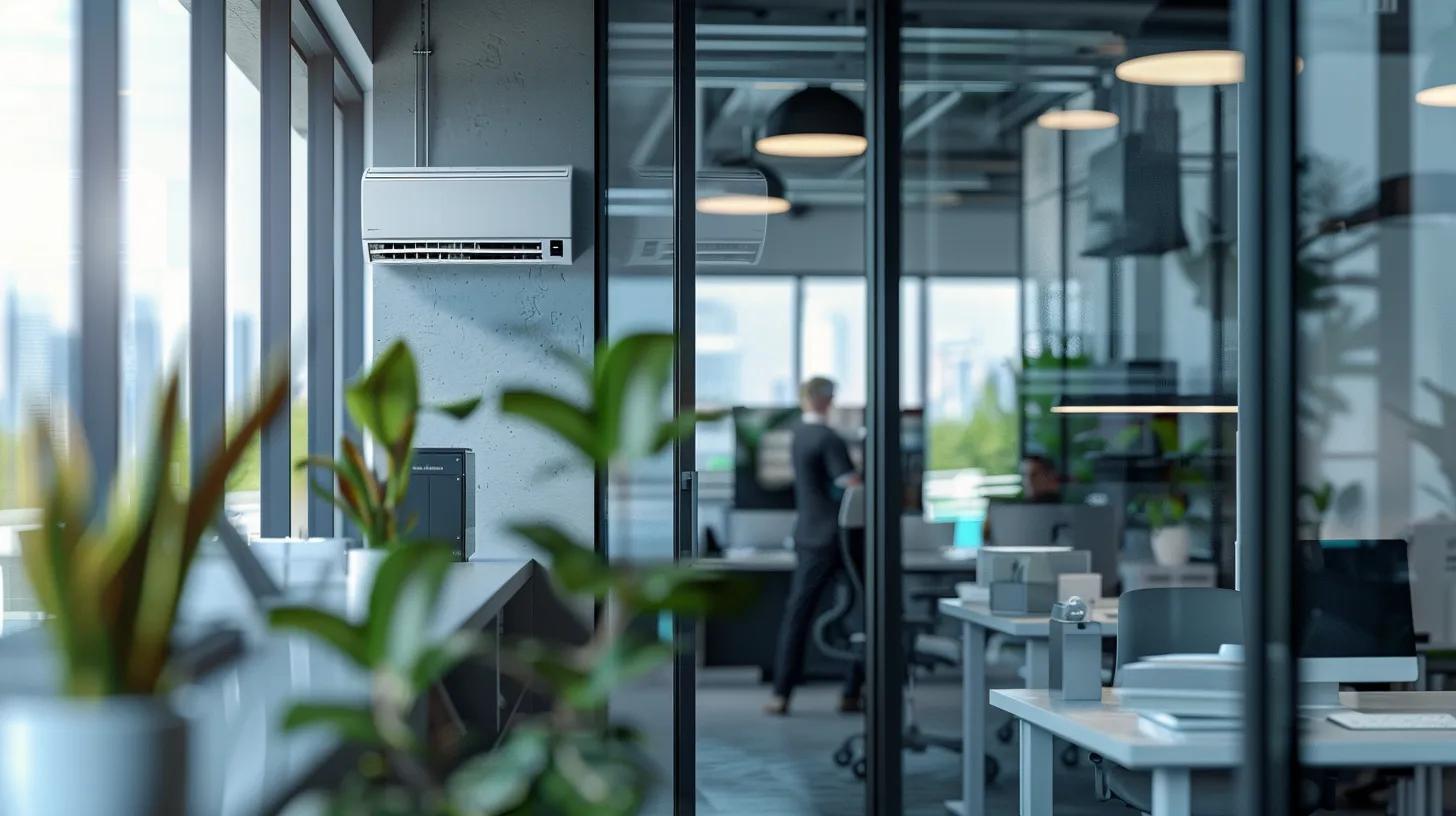
Lowering your cooling costs during summer starts with consistent air conditioner maintenance. A well-cared-for system runs more efficiently, lasts longer, and does a better job of keeping indoor air clean and comfortable. Taking the time to inspect and maintain key parts of your AC—like the coils, fins, filters, and drainage system—helps prevent breakdowns and keeps energy use in check.
Routine upkeep not only improves day-to-day performance but also reduces the chances of emergency repairs. When systems are left unchecked, dust buildup, clogged drains, or worn electrical components can cause strain that leads to higher utility bills and shortened equipment life. A maintenance plan that includes regular inspections and timely cleaning can make a noticeable difference in both comfort and cost.
How Often Should You Schedule AC Tune-Ups for Maximum Savings?
Most HVAC professionals recommend scheduling an air conditioning tune-up once a year, ideally before the start of the summer season. Early maintenance helps catch issues like refrigerant leaks, blocked ducts, or electrical faults before the system is under heavy demand. By checking refrigerant levels, clearing debris from condenser coils, and tightening electrical connections, you can keep your system running at peak efficiency.
An annual tune-up can improve efficiency by up to 15 percent, which adds up to real savings on your monthly energy bills. It also reduces the likelihood of mid-season breakdowns that require urgent repair. For systems that are older or used heavily, a second mid-season checkup may be helpful, particularly during long heatwaves when the system is working overtime.
What Are the Steps to Clean Your AC Filters Properly?
Clean filters are one of the simplest and most effective ways to improve AC performance. Dirty filters block airflow, which forces the system to work harder and consume more energy. This not only increases wear and tear but also reduces the air quality in your home.
To clean or replace your filters, always start by turning off the unit. Remove the filter and check for visible buildup. Washable filters can be rinsed with water and left to air dry before reinserting. Use a vacuum if needed to remove stubborn dust. If the filter is disposable, replace it entirely. During the summer, filters should be checked monthly and changed every one to three months depending on usage, allergies, or the presence of pets. Keeping the filter clean reduces strain on the compressor and helps maintain efficient airflow.
Which Signs Indicate Your AC Needs Professional Repair?
Even with regular maintenance, AC systems can develop problems over time. Knowing the early signs of trouble can help you address issues before they grow into more expensive repairs. If you hear grinding, buzzing, or squealing sounds, or if the unit begins cycling on and off more frequently than usual, it’s likely something needs attention.
Uneven cooling, poor airflow, or warm air coming from the vents can indicate a problem with the compressor or refrigerant levels. Other warning signs include ice buildup on coils, water pooling around the unit, or unpleasant odors when the system is running. These issues are often caused by leaks, sensor malfunctions, or clogged drain lines. Getting a professional to inspect and repair the system promptly can prevent a minor fault from turning into a major failure.
How Can Choosing Energy-Efficient AC Units Help Reduce Your Energy Bills?
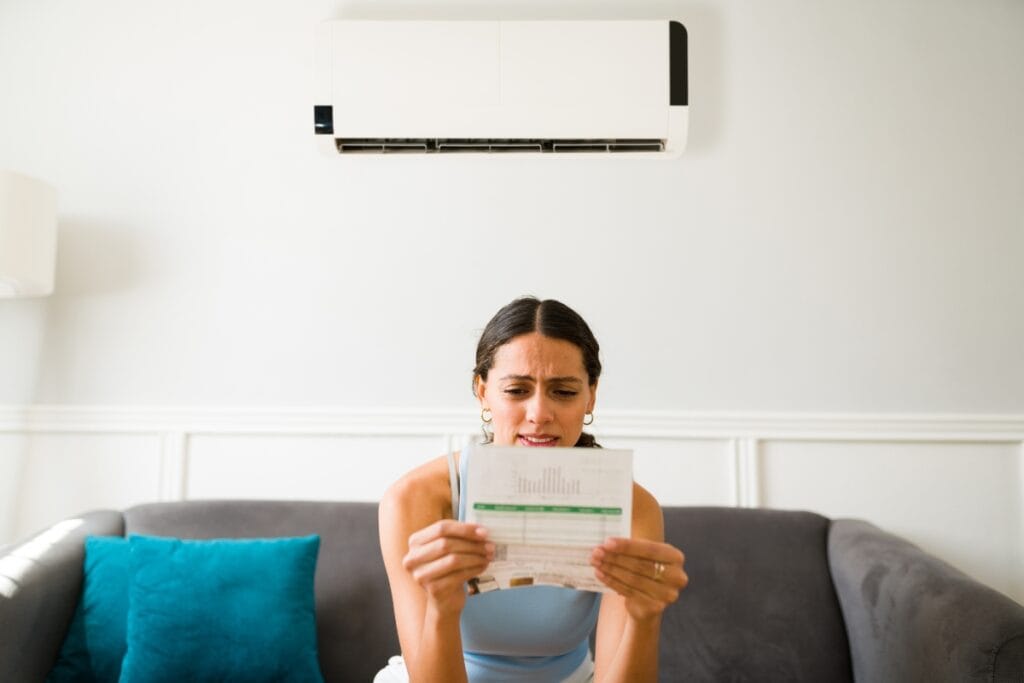
Installing an energy-efficient air conditioning unit is one of the most effective ways to lower household energy costs during the summer. These systems are built to use less electricity while delivering consistent cooling, making them a smart long-term investment. Improvements in compressor design, insulation, and airflow control help these units operate more efficiently than older models.
For homeowners, the impact is twofold: reduced monthly bills and less strain on the environment. Efficient AC units not only draw less power but also run more smoothly, meaning fewer breakdowns and a longer overall lifespan. Over time, these savings add up and can offset the initial cost of purchasing a newer model.
What Does SEER Rating Mean and Why Is It Important?
The SEER, or Seasonal Energy Efficiency Ratio, is a standard measurement used to rate how efficiently an air conditioner performs across an entire cooling season. The higher the SEER rating, the more energy-efficient the unit. Most older systems have a SEER rating of around 10 to 13, while modern units often start at 14 and go up from there.
Upgrading to a unit with a higher SEER can result in meaningful energy savings. For instance, moving from a SEER 13 to a SEER 16 model could lower energy consumption by approximately 15 percent. In areas with long, hot summers, this difference can significantly cut down on operating costs. SEER ratings also reflect a unit’s ability to maintain steady performance during fluctuating temperatures, which adds to comfort as well as cost control.
How to Select the Right Size AC Unit for Your Home?
Choosing the right size air conditioning unit is just as important as choosing one with a high efficiency rating. A unit that’s too large for your space will cool the home quickly but shut off before it can properly remove humidity, leading to uneven temperatures and discomfort. On the other hand, a unit that’s too small may run constantly and still fail to keep up, driving up energy use and wearing out components faster.
Proper sizing is based on more than just square footage. It takes into account ceiling height, insulation quality, number and placement of windows, local weather conditions, and even how much shade your home gets during the day. HVAC professionals use load calculations to determine the appropriate size for a specific home. These calculations help ensure the unit will operate at peak efficiency without overworking itself, which saves energy and extends its useful life.
What Are the Benefits of Variable-Speed AC Units?
Variable-speed AC units are designed to run at different output levels depending on the cooling needs of the home. Instead of turning on at full power and then shutting off completely, these systems make small adjustments to maintain a steady indoor temperature. This type of operation is more efficient and helps reduce energy waste.
One of the key benefits of variable-speed units is improved humidity control. Because they can run at lower speeds for longer periods, they’re able to pull more moisture from the air, which is especially useful in humid climates. They also tend to be quieter and cause less wear on internal parts since they avoid frequent stop-and-start cycles. Compared to standard single-speed systems, variable-speed AC units can reduce cooling costs by up to 20 percent.
How Do Smart Thermostats Contribute to Lowering AC Costs This Summer?
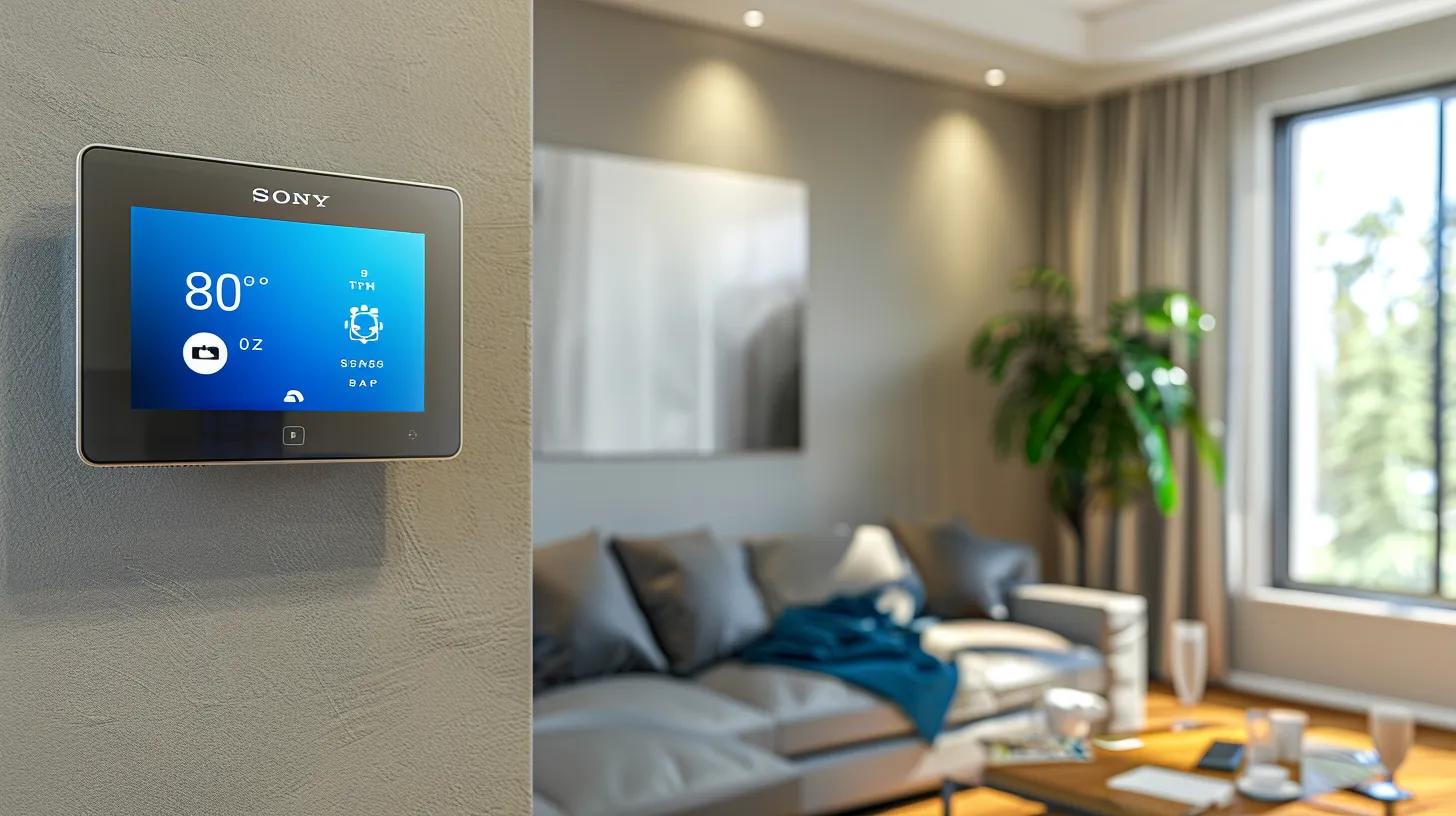
Smart thermostats help reduce summer cooling costs by taking over much of the day-to-day management of your HVAC system. These devices allow for more accurate temperature control and automatically adjust settings based on whether anyone is home or what the outside weather looks like. They make sure your air conditioner only runs when it’s needed, cutting down on energy waste without sacrificing comfort.
Many models can also connect with your smartphone, letting you control your home’s temperature remotely. If you’re out for the day or gone for the weekend, you can quickly make adjustments from wherever you are. This type of automation helps keep energy use in check and prevents the system from running unnecessarily when the house is empty.
What Are the Key Benefits of Installing a Smart Thermostat?
One of the main advantages of a smart thermostat is its ability to track and learn your household’s habits. Over time, it adjusts to your schedule and starts making changes on its own to maintain comfort while using less energy. These devices can also provide regular reports that break down your energy usage, making it easier to understand where you can make improvements.
Smart thermostats are designed to work with mobile apps, allowing homeowners to control temperature settings on the go. If you’re staying late at work or heading out of town, you can turn off the AC remotely. Some models even send alerts when there are problems with the HVAC system, giving you a chance to fix issues before they lead to major repairs.
Thanks to features like scheduling, motion sensing, and integration with weather updates, many people find that their cooling bills drop by 10 to 15 percent after switching to a smart thermostat.
How to Program Your Smart Thermostat for Optimal EnergyEfficiency
Getting the most out of a smart thermostat starts with setting up a schedule that matches your lifestyle. You can program the device to raise the temperature during the hours when the house is empty and lower it again before anyone returns. This keeps the space comfortable when needed while avoiding unnecessary energy use.
Most smart thermostats allow you to set different preferences for weekdays and weekends. You can also take advantage of features like geofencing, which adjusts the temperature based on your phone’s location. If you’re leaving the house, the thermostat can automatically increase the temperature to save energy, then return it to a cooler setting when you’re on your way home.
It’s also useful to review the device’s energy reports every so often. These can show trends and offer suggestions for better efficiency. If you notice your system is running more than expected, the data can help you tweak your schedule or make other adjustments to cut down on cooling costs.
Which Smart Thermostat Brands Offer the Best Energy Savings?
The best results come from thermostats that offer adaptive learning, which means the device learns from your behavior and fine-tunes settings automatically. Features like occupancy sensors, voice control, and the ability to integrate with other smart devices make managing your cooling more convenient and efficient.
While there are several brands available, the most effective ones focus on delivering consistent performance without making things overly complicated. Models that offer regular software updates, clear reporting tools, and flexible control options tend to be the most reliable when it comes to saving energy.
Why Is Ductwork Optimization Essential for Reducing AC Energy Loss?
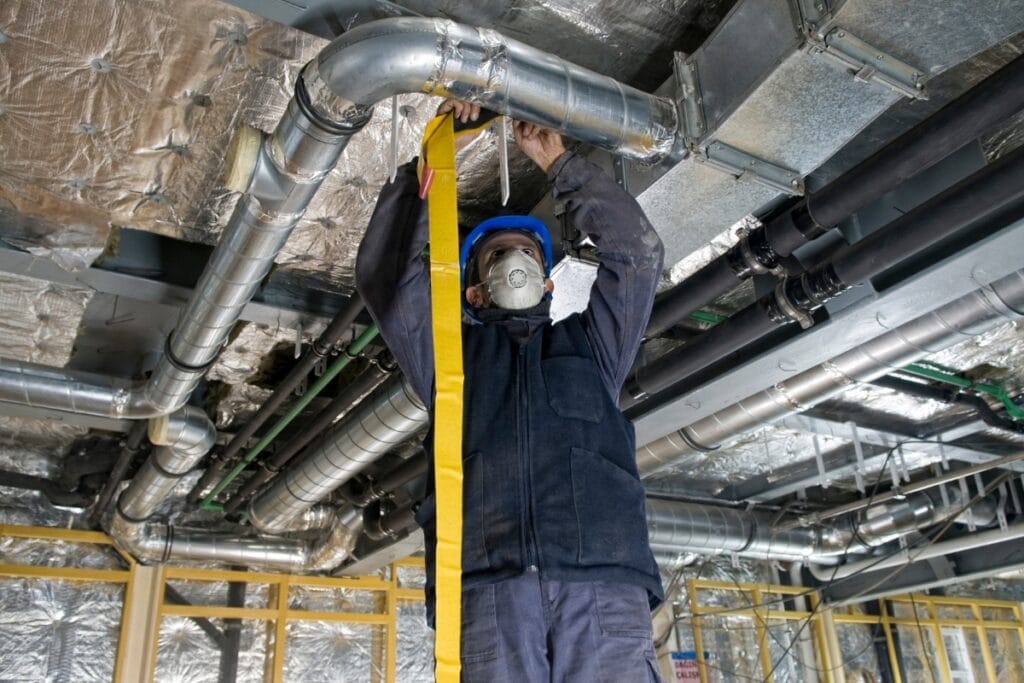
Optimizing your home’s ductwork plays a key role in cutting down on energy waste and improving the overall performance of your air conditioning system. When air ducts are poorly sealed or not insulated correctly, a significant amount of cooled air never makes it to the intended rooms. This loss forces the AC to work harder and run longer, which drives up energy use and utility bills. In some homes, inefficient ducts can account for as much as 30 percent of total energy loss.
Fixing these issues doesn’t just mean plugging a few holes. It involves a full assessment of how air is moving through the system, identifying where it’s being lost, and making targeted improvements. A well-optimized duct system helps your HVAC unit work more efficiently, maintain even temperatures throughout the home, and reduce unnecessary strain on the equipment over time.
How Does Ductwork Sealing and Insulation Improve EnergyEfficiency?
When ducts are sealed correctly, air can move through the system without leaking into attics, crawl spaces, or wall cavities. This ensures that the cooled air actually reaches the rooms it’s meant to, which means the air conditioner doesn’t have to work overtime. Proper insulation adds another layer of protection by reducing the amount of heat that can seep in through the duct walls, especially in areas exposed to higher temperatures.
Both sealing and insulating ducts are relatively straightforward improvements that can make a noticeable difference in how your system performs. Studies show that homes with sealed and insulated ductwork often use 10 to 20 percent less energy for cooling, and the comfort levels in the house tend to improve as well. Rooms that once felt warm or stuffy may start to cool more evenly, making the space more livable overall.
What Are the Common Signs of Leaky Ductwork?
Leaky ducts aren’t always obvious, but there are a few common signs that might suggest something is off. One of the biggest red flags is uneven cooling. If some rooms feel much warmer or colder than others, it could be due to air escaping before it reaches those areas. Higher-than-usual energy bills can also point to ductwork problems, especially if usage habits haven’t changed.
Another indicator is dust buildup around vents. When there are gaps or leaks in the ducts, they can pull in dirt and debris from unconditioned spaces and redistribute it throughout the house. Hissing sounds while the AC is running may also signal that air is escaping through cracks or loose connections.
Catching these signs early makes it easier to fix the problem before it leads to bigger issues like equipment wear and rising energy costs.
What Are the Advantages of Professional Ductwork Cleaning?
While sealing and insulation address airflow and energy efficiency, duct cleaning focuses on removing debris that can affect both performance and air quality. Over time, dust, mold spores, pet dander, and other particles can build up inside the ducts. This buildup can reduce the system’s efficiency and circulate allergens through the home.
A thorough cleaning helps restore proper airflow and lowers the burden on the AC system, especially during the summer months when it’s running frequently. Cleaner ducts also mean less dust settling on surfaces and a healthier environment for everyone in the home, particularly those with allergies or respiratory issues.
What Government Incentives and Rebates Can Help Lower Your AC Upgrade Costs?
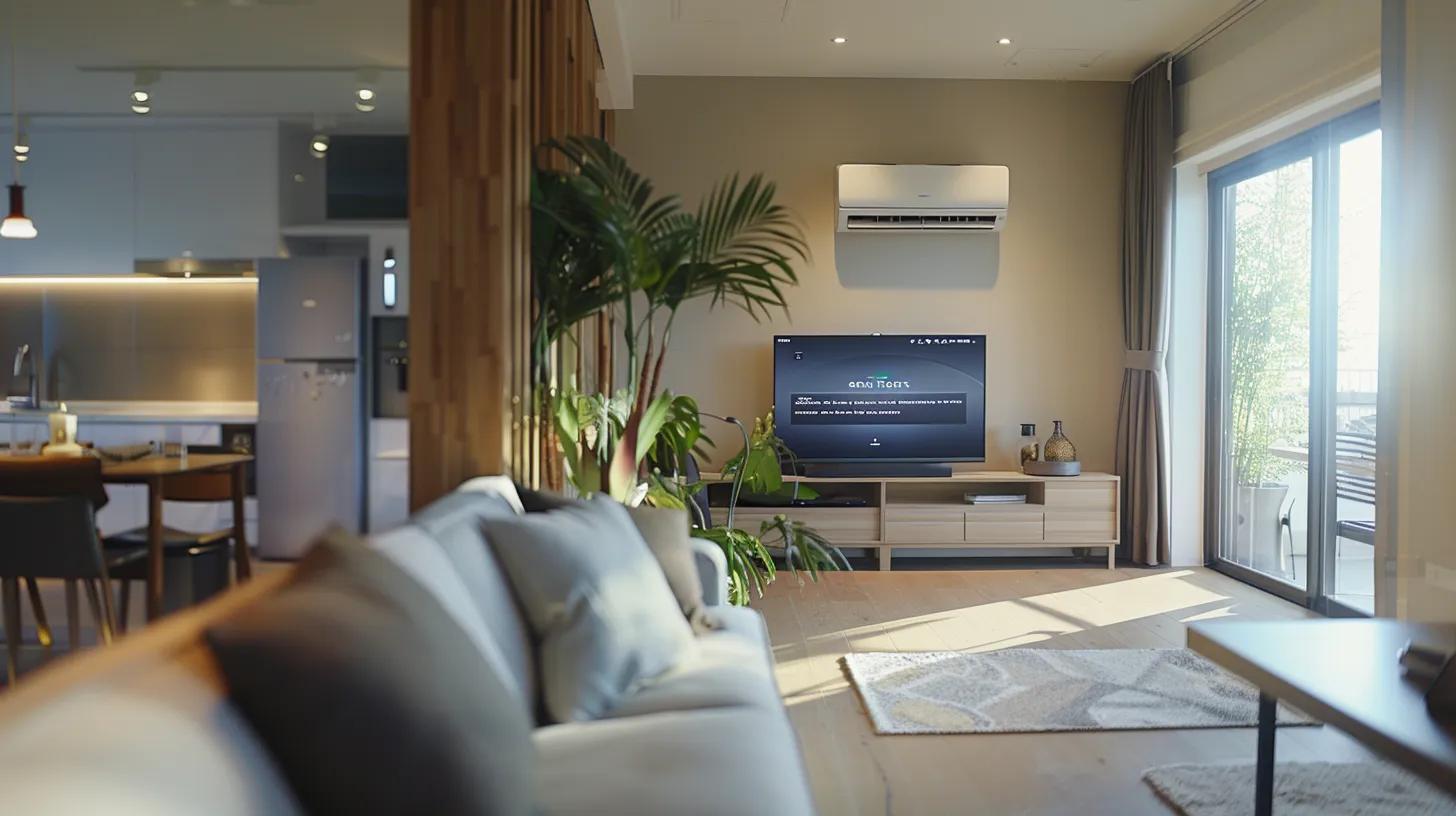
Upgrading to a more energy-efficient air conditioning system can be a big investment, but government incentives and rebates make the process more affordable. These programs are designed to encourage homeowners to choose systems that use less energy and meet current efficiency standards. The result is a win-win: reduced upfront costs and lower utility bills over time.
Incentives are available at both the federal and local levels. Some are tied to national energy programs, while others are offered by state agencies or local utility companies. When used together, they can make a noticeable difference in your overall project costs.
Which Federal and Local Rebates Are Available for Energy-Efficient AC Units?
At the federal level, the Energy Efficient Home Improvement Credit allows homeowners to receive a tax credit for qualifying HVAC upgrades. This credit can cover a percentage of the total installation cost, provided the equipment meets efficiency requirements established by ENERGY STAR or the Department of Energy.
Locally, many utility providers across Georgia offer rebates for switching to high-efficiency systems. These incentives typically apply to specific models and must be installed by certified professionals. In some cases, homeowners in the Atlanta area can save up to 30 percent on installation costs by combining local rebates with federal tax benefits.
Some local governments may also offer limited-time rebate programs tied to energy-saving initiatives. These tend to be seasonal or based on funding availability, so it’s important to check the details early in the planning process. Utility companies often publish updated rebate information on their websites or in customer billing inserts.
How to Apply for HVAC Tax Credits and Rebates
Applying for energy efficiency incentives generally starts with verifying that your equipment meets the qualifying standards. This often means choosing a system that meets or exceeds specific SEER (Seasonal Energy Efficiency Ratio) ratings or ENERGY STAR certification.
Next, you’ll need to gather documentation. This includes the product’s efficiency rating label, the itemized invoice from the installer, and any installation certification forms. For tax credits, the IRS requires this information to be submitted with your tax return, often using Form 5695, which is specific to residential energy improvements.
Rebate applications are typically handled through your utility provider or state energy office. Most programs allow you to apply online, although some may still require mailing in physical copies of receipts and supporting documents. Be aware of submission deadlines and make sure to keep copies of everything you send in. Processing times vary, but most rebates are issued within a few weeks to a couple of months.
It’s worth taking the time to review all available options before your purchase. Some incentives must be claimed within a specific window after installation, while others require pre-approval. If you’re unsure where to begin, state energy offices and utility company websites usually provide clear checklists and eligibility guides to help you through the process.
How Can Regular HVACMaintenance and Upgrades Impact Your Summer Energy Bills?
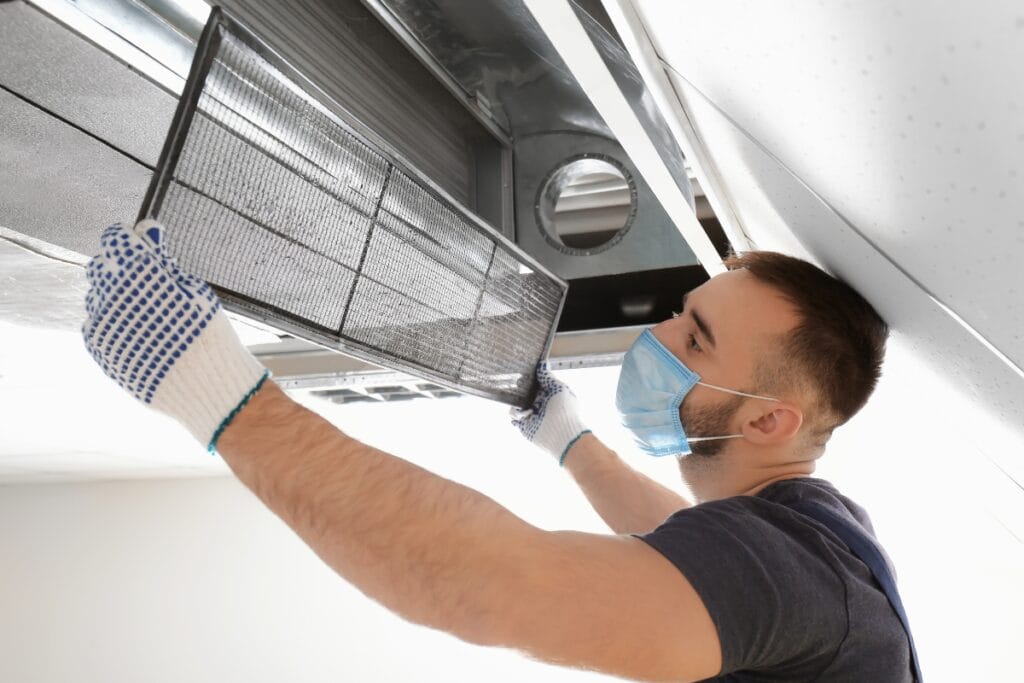
Keeping your HVAC system in good shape isn’t just about comfort—it directly affects how much you spend to stay cool in the summer. Routine maintenance helps your air conditioning unit run efficiently, while timely upgrades ensure you’re not overpaying for outdated technology. Together, these steps can make a noticeable difference in both performance and energy costs.
An air conditioner that’s regularly maintained will use less energy to cool your home. Dust buildup, worn parts, and clogged filters force the system to work harder, which not only increases your energy bill but can also shorten the life of the equipment. Taking care of basic maintenance each season keeps things running smoothly and helps avoid costly repairs down the road.
How Much Can Proper AC Maintenance Reduce Your Energy Consumption?
A well-maintained system can reduce energy consumption by 10 to 15 percent. That may not sound like much at first glance, but over the course of a hot summer in a place like Atlanta, those savings can add up quickly. Simple steps like replacing air filters every few months, keeping coils clean, and checking for any refrigerant issues can help your system avoid overworking.
When airflow is unrestricted and components are in good condition, the system doesn’t need to cycle as frequently or run as long to reach your desired temperature. This efficiency means you’re using less electricity every time the unit kicks on. Even small improvements in airflow and cooling capacity can result in noticeable savings over the course of the season.
Annual system inspections also help catch minor issues before they turn into larger problems. For instance, a refrigerant leak might start small, but over time it can reduce cooling performance and cause strain on the compressor. Left unchecked, that could mean a full system failure—something no one wants in the middle of a heat wave.
What Upgrades Provide the Best Return on Investment for Energy Savings?
Beyond regular upkeep, strategic upgrades can deliver even bigger returns. Replacing an older AC unit with a newer model that has a high Seasonal Energy Efficiency Ratio (SEER) rating is one of the most impactful changes you can make. These modern units are designed to use less electricity while delivering better cooling. Depending on how old your current system is, the savings could be significant.
Smart thermostats are another upgrade worth considering. These devices allow for precise temperature control and can adjust your cooling schedule based on your daily habits. Many models also offer features like geofencing, which automatically adjusts settings when you leave or return home. Over time, this kind of automation can reduce energy use by up to 15 percent, according to several industry studies.
Sealing your home’s ductwork is another cost-effective improvement. Leaky ducts allow cooled air to escape before it reaches your living space, which wastes energy and drives up your bills. Properly sealed ducts improve airflow and ensure that your AC is working efficiently.
If your home gets a lot of sun exposure, installing energy-efficient windows or applying reflective film can also cut down on indoor heat gain. This reduces the workload on your cooling system and keeps your home more comfortable without having to constantly lower the thermostat.
What Are Practical Daily Habits to Reduce AC Costs Without Major Investments?

Reducing air conditioning costs doesn’t always require expensive upgrades. Small changes in daily habits can lead to noticeable savings over time. These practical adjustments help manage indoor temperatures more efficiently and place less strain on your cooling system. By staying consistent with a few mindful practices, homeowners can keep their spaces comfortable while keeping energy bills in check.
What Is the Ideal Thermostat Setting to Save Energy in Summer?
Setting your thermostat to the right temperature can make a big difference in energy use. Most experts recommend keeping the thermostat set to about 78°F during the day when you’re home. If you’re away for several hours, raising the temperature by a few degrees can reduce the cooling load on your system.
Finding the right balance between comfort and efficiency is key. Each degree above 72°F can save a few percent on your energy bill. It may not seem like much day to day, but those savings build up over the course of a long summer. Avoid setting the thermostat to a colder temperature than necessary, thinking it will cool your house faster—it won’t. It only causes the system to work harder for longer than it needs to.
Smart thermostats can take the guesswork out of this. They learn your habits and adjust temperatures based on when you’re typically home or away. But even without one, manually adjusting your thermostat based on your schedule can make a real impact.
How Can Using Fans and Shade Reduce AC Usage?
Fans and natural shade are simple tools that help reduce reliance on air conditioning. Ceiling fans, when used correctly, create a wind chill effect that makes the room feel cooler without lowering the actual temperature. This means you can raise your thermostat a few degrees and still feel comfortable. Just remember to turn fans off when you leave the room, as they cool people, not spaces.
Portable fans can also be used strategically in occupied rooms to promote better airflow and avoid hotspots. Meanwhile, using exhaust fans in kitchens and bathrooms helps remove excess heat and humidity, especially during cooking or showers.
Blocking direct sunlight is another low-cost tactic. Curtains, blinds, or reflective window films can help prevent heat from entering through windows. Closing blinds during the hottest parts of the day can make rooms noticeably cooler. For homes with outdoor space, planting trees or installing awnings near windows that get a lot of afternoon sun can offer long-term shade and cooling benefits.
When Should You Consider Turning Off Your AC to Save Money?
There are times when turning off the air conditioner makes sense, especially if the weather is mild or you’re away from home. During cooler evenings, it may be possible to turn off the AC altogether and rely on open windows and fans to bring in fresh air. If you live in an area where temperatures drop significantly after sunset, take advantage of those hours to air out the home naturally.
When you’re going to be out for a few hours, raising the thermostat or turning off the AC entirely can help save energy. Just be mindful of humidity levels, which can rise quickly in some climates if the system is off for too long. For longer absences, such as weekend trips, adjust the settings to prevent unnecessary cooling without letting the home get too warm.
A programmable thermostat can automate these changes and ensure that your home cools down again before you return, keeping things comfortable without wasting energy. The goal is to match your cooling habits to your schedule and make adjustments where it counts.
Frequently Asked Questions
Q: How often should I get my AC unit serviced to reduce costs? A: Ideally, service your AC unit once a year. Regular maintenance improves efficiency by about 10–15%, reducing energy consumption and preventing costly repairs.
Q: What SEER rating should I look for when choosing a new AC unit? A: Look for an AC unit with a SEER rating of 16 or higher for significant energy savings, potentially improving efficiency by up to 20% compared to older models.
Q: Can smart thermostats really make a difference in my energybills? A: Yes, they can save up to 10–15% on energy bills by automating temperature adjustments, reducing unnecessary cooling when the home is unoccupied, and providing detailed usage reports.
Q: What are the signs that my ductwork needs attention? A: Signs include uneven cooling, high energy bills, visible dust near vents, and hissing noises during operation. Sealing and insulating ducts can greatly improve efficiency.
Q: Are there any government rebates for upgrading to energy-efficient AC units? A: Yes, federal and local programs, including Energy Star initiatives, offer rebates and tax credits that can reduce your upgrade costs by up to 30%.
Q: How can I reduce AC costs with simple daily habits? A: Simple measures such as setting your thermostat to around 78°F when home, using ceiling fans, employing window shades, and turning off the AC when the house is empty all contribute to lower energy consumption.
Q: What is the potential ROI for upgrades such as ductwork insulation or installing a smart thermostat? A: Typically, these upgrades offer a payback period of 1–3 years, with cumulative energy savings that may reduce annual bills by 10–20%, making them cost-effective with long-term benefits.
Final Thoughts
By putting these HVAC cost–cutting tips into action—regular filter changes, smart thermostat settings, and timely professional tune-ups—you’ll keep your home cool and your bills under control all summer long. Don’t let a soaring AC expense spoil your season; the experts at Ace Tech Heating & Cooling are here to help you maximize efficiency and comfort with our expert HVAC services. Call (404) 369-9100 today or request your free quote through our website form, and start saving on your cooling costs now!

